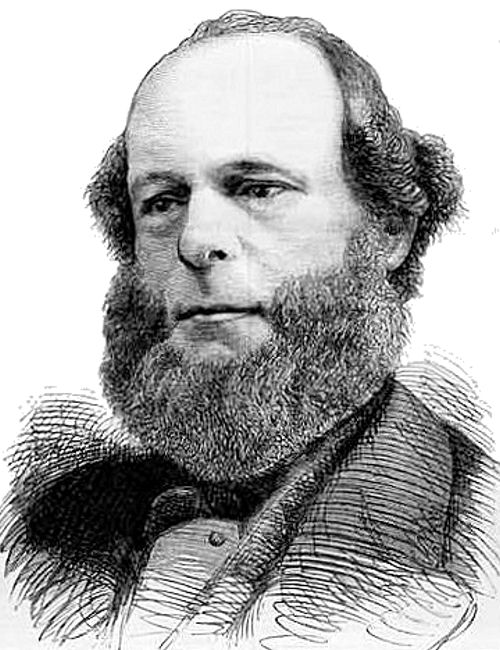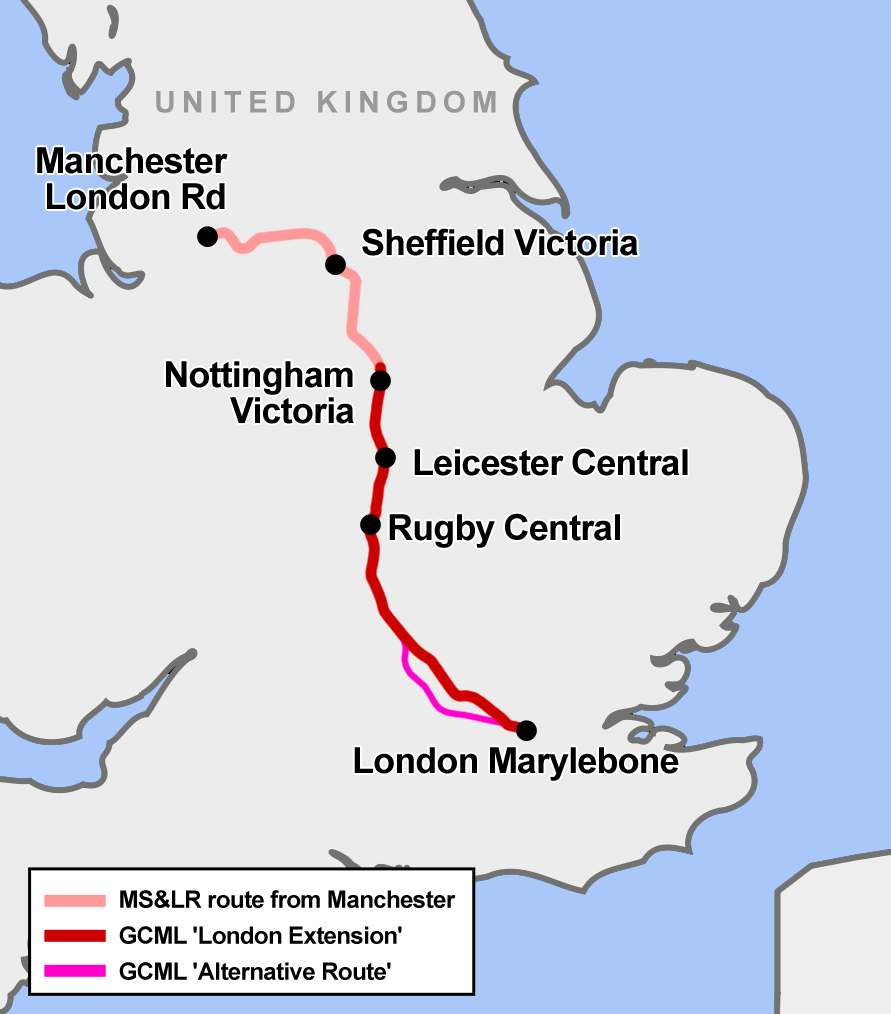|
Wotton (GCR) Railway Station
Wotton was a railway station at Wotton Underwood, Buckinghamshire, on the Great Central Railway's link line between and Ashendon Junction. History The station was opened by the Great Central Railway on 2 April 1906, Butt 1995, p. 255 becoming part of the London and North Eastern Railway during the Grouping of 1923. It was built to the south of the point where the GCR crossed the Brill Tramway The Brill Tramway, also known as the Quainton Tramway, Wotton Tramway, Oxford & Aylesbury Tramroad and Metropolitan Railway Brill Branch, was a six-mile (10 km) rail line in the Aylesbury Vale, Buckinghamshire, England. It was privately b ... near its Wotton station. It was closed on 7 December 1953. Mitchell & Smith, fig. 62 Notes References * * * * Service External linksStation on navigable O.S. map Former Great Central Railway stations Disused railway stations in Buckinghamshire Railway stations in Great Britain opened in 1906 Railway stations in Great B ... [...More Info...] [...Related Items...] OR: [Wikipedia] [Google] [Baidu] |
Wotton Underwood
Wotton Underwood is a village and civil parish in Buckinghamshire, England, north of Thame, Oxfordshire. The toponym is derived from the Old English for "farm near a wood". It is recorded in the ''Anglo-Saxon Chronicle'' of AD 848 as ''Wudotun'' and in the Domesday Book of 1086 as ''Oltone''. The affix "Underwood" was added later to distinguish the village from other places also called Wotton. The affix means "near the wood" and refers to the village's nearness to the ancient Bernwood Forest. The present manor house in the village, Wotton House, dates from the early eighteenth century, but has been much altered since, notably by John Soane in the 1820s. The former stables, now called South Pavilion, was the home of actor John Gielgud; it was bought by Tony and Cherie Blair for £4m, in 2008. Church The parish church of All Saints is a Grade II* listed building, with parts dating from the 12th century: it was largely rebuilt in 1867 by G. E. Street for the Duke of Buckingham. ... [...More Info...] [...Related Items...] OR: [Wikipedia] [Google] [Baidu] |
Wotton (Metropolitan Railway) Railway Station
Wotton railway station was a small station in Buckinghamshire, England, built by the Duke of Buckingham in 1871. Part of a private horse-drawn tramway designed to carry freight from and around his lands in Buckinghamshire, Wotton station was intended to serve the Duke's home at Wotton House and the nearby village of Wotton Underwood. In 1872 the line was extended to the nearby village of Brill, converted to passenger use, equipped with steam locomotives, and renamed the Brill Tramway. In the 1880s, it was proposed to extend the line to Oxford, but the operation of the line was instead taken over by London's Metropolitan Railway. Although situated in an unpopulated area, Wotton station was relatively well used. It saw the highest passenger numbers of any station on the line other than the terminus at Brill railway station and the junction with the main line to London at Quainton Road railway station, and it also carried large quantities of milk from the area's dairy farms. In ... [...More Info...] [...Related Items...] OR: [Wikipedia] [Google] [Baidu] |
Former Great Central Railway Stations
A former is an object, such as a template, gauge or cutting die, which is used to form something such as a boat's hull. Typically, a former gives shape to a structure that may have complex curvature. A former may become an integral part of the finished structure, as in an aircraft fuselage, or it may be removable, being using in the construction process and then discarded or re-used. Aircraft formers Formers are used in the construction of aircraft fuselage, of which a typical fuselage has a series from the nose to the empennage, typically perpendicular to the longitudinal axis of the aircraft. The primary purpose of formers is to establish the shape of the fuselage and reduce the column length of stringers to prevent instability. Formers are typically attached to longerons, which support the skin of the aircraft. The "former-and-longeron" technique (also called stations and stringers) was adopted from boat construction, and was typical of light aircraft built until the ad ... [...More Info...] [...Related Items...] OR: [Wikipedia] [Google] [Baidu] |
Great Central Main Line
The Great Central Main Line (GCML), also known as the London Extension of the Manchester, Sheffield and Lincolnshire Railway (MS&LR), is a former railway line in the United Kingdom. The line was opened in 1899 and built by the Great Central Railway running from Sheffield in the North of England, southwards through Nottingham and Leicester to Marylebone in London. The GCML was the last main line railway to be built in Britain during the Victorian period. Built by the railway entrepreneur Edward Watkin with the aim to run as a fast trunk route from the North and the East Midlands to London and the south of England. Initially not a financial success, it recovered under the leadership of Sam Fay. Although initially planned for long-distance passenger services, in practice the line's most important function became to carry goods traffic, notably coal. In the 1960s, the line was considered by Dr Beeching as an unnecessary duplication of other lines that served the same places, especial ... [...More Info...] [...Related Items...] OR: [Wikipedia] [Google] [Baidu] |
Haddenham (Bucks) Railway Station
Haddenham railway station was on the former Great Western and Great Central Joint Railway between and Ashendon Junction. It was closed in 1963. History The Great Western & Great Central Joint Committee was created on 1 August 1899 with the dual objective of providing the Great Central Railway with a second route into London, bypassing the Metropolitan Railway; and of providing the Great Western Railway The Great Western Railway (GWR) was a British railway company that linked London with the southwest, west and West Midlands of England and most of Wales. It was founded in 1833, received its enabling Act of Parliament on 31 August 1835 and ran ... with a shorter route to the Midlands. The line ran from Northolt Junction to Ashendon Junction; the central section of its route was an existing GWR line. North of a new line was constructed, which opened for goods on 20 November 1905, and for passengers on 2 April 1906. Butt 1995, p.111 The only station originally provided on th ... [...More Info...] [...Related Items...] OR: [Wikipedia] [Google] [Baidu] |
Midhurst
Midhurst () is a market town, parish and civil parish in West Sussex, England. It lies on the River Rother inland from the English Channel, and north of the county town of Chichester. The name Midhurst was first recorded in 1186 as ''Middeherst'', meaning "Middle wooded hill", or "(place) among the wooded hills". It derives from the Old English words ''midd'' (adjective) or ''mid'' (preposition), meaning "in the middle", plus ''hyrst'', "a wooded hill". The Norman St. Ann's Castle dates from about 1120, although the foundations are all that can now be seen. The castle, the parish church of St. Mary Magdalene and St. Denis, together with South Pond, the former fish-pond for the castle, are the only three structures left from this early period. The parish church is the oldest building in Midhurst. Just across the River Rother, in the parish of Easebourne, is the ruin of the Tudor Cowdray House. Governance National The former Parliamentary Constituency of Midhurst is n ... [...More Info...] [...Related Items...] OR: [Wikipedia] [Google] [Baidu] |
London
London is the capital and largest city of England and the United Kingdom, with a population of just under 9 million. It stands on the River Thames in south-east England at the head of a estuary down to the North Sea, and has been a major settlement for two millennia. The City of London, its ancient core and financial centre, was founded by the Romans as '' Londinium'' and retains its medieval boundaries.See also: Independent city § National capitals The City of Westminster, to the west of the City of London, has for centuries hosted the national government and parliament. Since the 19th century, the name "London" has also referred to the metropolis around this core, historically split between the counties of Middlesex, Essex, Surrey, Kent, and Hertfordshire, which largely comprises Greater London, governed by the Greater London Authority.The Greater London Authority consists of the Mayor of London and the London Assembly. The London Mayor is distinguished fr ... [...More Info...] [...Related Items...] OR: [Wikipedia] [Google] [Baidu] |
Brill Tramway
The Brill Tramway, also known as the Quainton Tramway, Wotton Tramway, Oxford & Aylesbury Tramroad and Metropolitan Railway Brill Branch, was a six-mile (10 km) rail line in the Aylesbury Vale, Buckinghamshire, England. It was privately built in 1871 by the 3rd Duke of Buckingham as a horse tram line to help transport goods between his lands around Wotton House and the national rail network. Lobbying from the nearby village of Brill led to its extension to Brill and conversion to passenger use in early 1872. Two locomotives were bought but trains still travelled at an average speed of . In 1883, the Duke of Buckingham planned to upgrade the route to main line standards and extend the line to Oxford, creating the shortest route between Aylesbury and Oxford. Despite the backing of the wealthy Ferdinand de Rothschild, investors were deterred by costly tunnelling. In 1888 a cheaper scheme was proposed in which the line would be built to a lower standard and avoid tunnelling ... [...More Info...] [...Related Items...] OR: [Wikipedia] [Google] [Baidu] |
Buckinghamshire Council
Buckinghamshire Council is a Unitary authorities of England, unitary Local Government in England, local authority in England, the area of which constitutes most of the ceremonial county of Buckinghamshire. It was created in April 2020 from the areas that were previously administered by Buckinghamshire County Council including the districts of South Bucks, Chiltern District, Chiltern, Wycombe District, Wycombe and Aylesbury Vale; since 1997 the City of Milton Keynes has been a separate unitary authority. History The plan for a single unitary authority was proposed by Martin Tett, leader of the county council, and was backed by Secretary of State for Housing, Communities and Local Government, Communities Secretary James Brokenshire. District councils had also proposed a different plan in which Aylesbury Vale becomes a unitary authority and the other three districts becomes another unitary authority. The district councils opposed the (single) unitary Buckinghamshire plan. Statutory ... [...More Info...] [...Related Items...] OR: [Wikipedia] [Google] [Baidu] |




